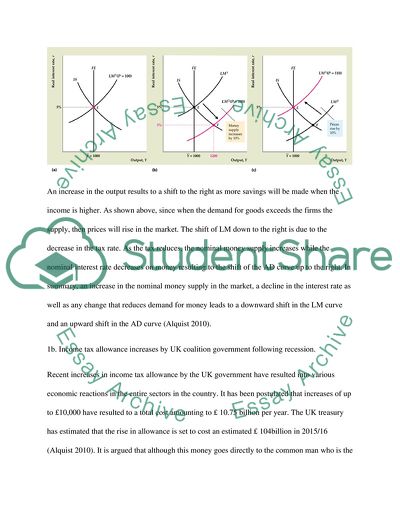Cite this document
(Macroeconomic AD-ISLM Analysis Essay Example | Topics and Well Written Essays - 2000 words, n.d.)
Macroeconomic AD-ISLM Analysis Essay Example | Topics and Well Written Essays - 2000 words. https://studentshare.org/macro-microeconomics/1819321-macroeconomic-ad-islm-analysis
Macroeconomic AD-ISLM Analysis Essay Example | Topics and Well Written Essays - 2000 words. https://studentshare.org/macro-microeconomics/1819321-macroeconomic-ad-islm-analysis
(Macroeconomic AD-ISLM Analysis Essay Example | Topics and Well Written Essays - 2000 Words)
Macroeconomic AD-ISLM Analysis Essay Example | Topics and Well Written Essays - 2000 Words. https://studentshare.org/macro-microeconomics/1819321-macroeconomic-ad-islm-analysis.
Macroeconomic AD-ISLM Analysis Essay Example | Topics and Well Written Essays - 2000 Words. https://studentshare.org/macro-microeconomics/1819321-macroeconomic-ad-islm-analysis.
“Macroeconomic AD-ISLM Analysis Essay Example | Topics and Well Written Essays - 2000 Words”. https://studentshare.org/macro-microeconomics/1819321-macroeconomic-ad-islm-analysis.


